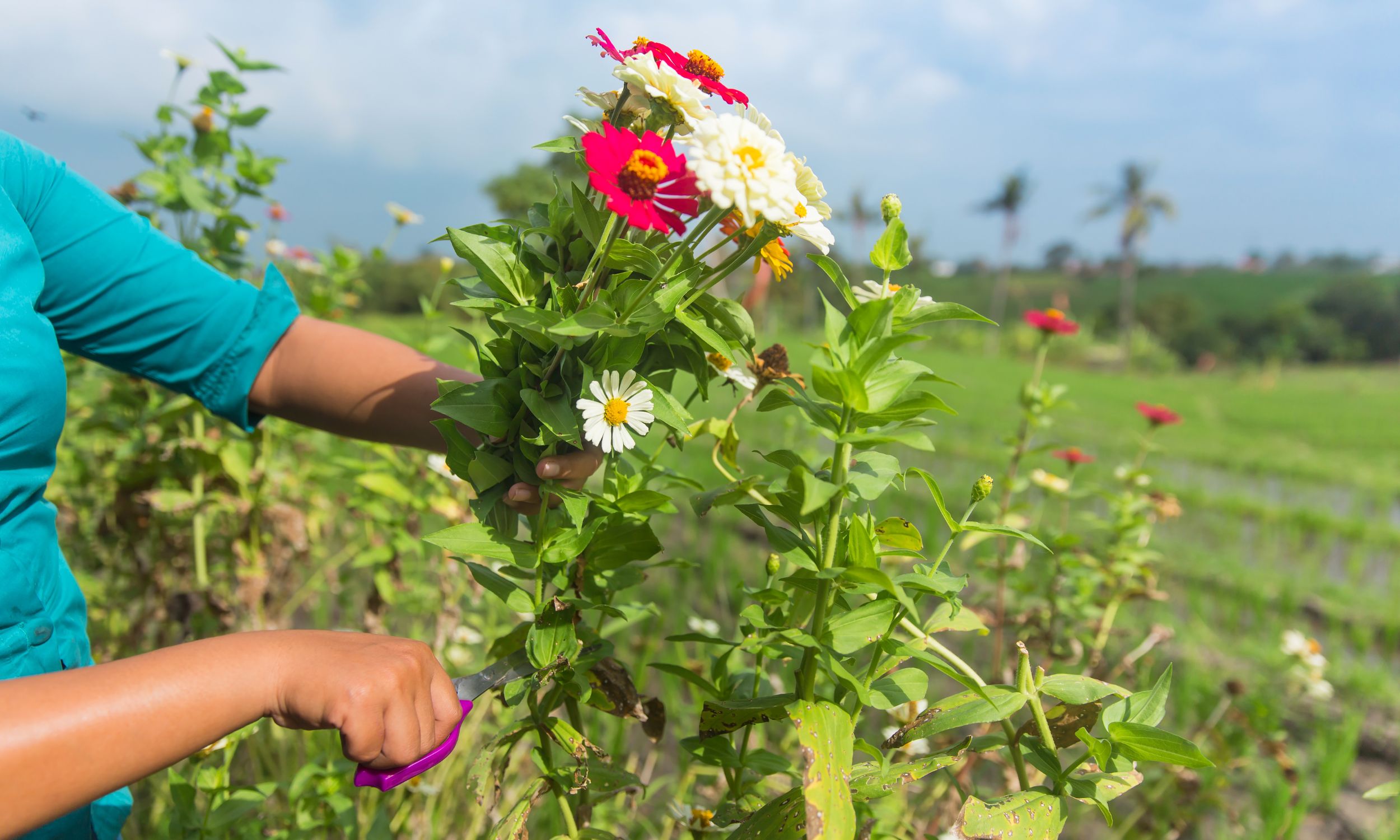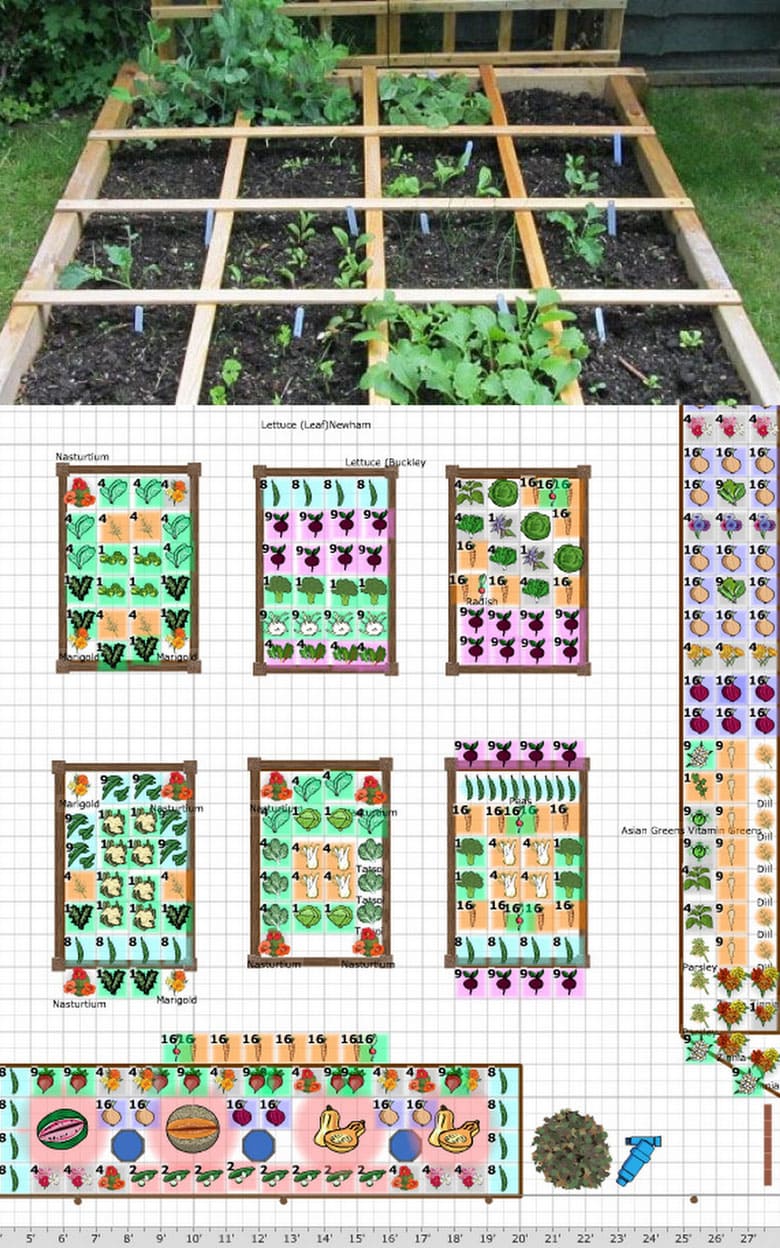How to Start a Flower Cutting Garden

Imagine walking into your garden and being greeted by a burst of vibrant colors and sweet scents. A flower cutting garden is not just a place to grow beautiful blooms; it's a sanctuary where you can connect with nature and create stunning arrangements for your home or as gifts. Whether you're a seasoned gardener or a beginner, starting a flower cutting garden can be a rewarding and fulfilling experience. In this guide, we'll walk you through the essential steps to create a thriving flower cutting garden, from planning to maintenance.
Why Start a Flower Cutting Garden?
Starting a flower cutting garden offers numerous benefits. It allows you to enjoy fresh, seasonal blooms year-round, reduce your carbon footprint by growing your own flowers, and even save money on store-bought bouquets. Plus, gardening is a therapeutic hobby that can help reduce stress and improve mental well-being.
Planning Your Flower Cutting Garden
Choosing the Right Location
The first step in planning your flower cutting garden is selecting the right location. Ideally, your garden should receive at least six hours of sunlight per day. Avoid areas with heavy shade, as most flowers require ample sunlight to thrive. Also, consider the soil quality and drainage. Well-draining soil is crucial for healthy plant growth.
Selecting the Best Flowers
When selecting flowers for your cutting garden, consider both aesthetics and practicality. Choose a variety of flowers that bloom at different times of the year to ensure a continuous supply of fresh blooms. Some popular choices include:
- Annuals: Zinnias, cosmos, and sunflowers are great for adding color and variety.
- Perennials: Peonies, dahlias, and roses offer long-lasting blooms and can be enjoyed year after year.
- Bulbs: Tulips, daffodils, and hyacinths provide early spring color.
Designing Your Garden Layout
A well-designed garden layout can enhance the overall aesthetic and functionality of your cutting garden. Consider the following tips:
- Group Similar Plants: Group plants with similar water and sunlight requirements together to simplify maintenance.
- Create Pathways: Incorporate pathways to make it easier to access and harvest your flowers.
- Use Vertical Space: Utilize trellises and arbors to grow climbing plants and maximize your garden space.
Preparing Your Garden
Soil Preparation
Healthy soil is the foundation of a successful flower cutting garden. Before planting, test your soil pH and nutrient levels. Most flowers prefer slightly acidic to neutral soil with a pH between 6.0 and 7.0. Add organic matter, such as compost or well-rotted manure, to improve soil fertility and structure.
Planting Your Flowers
When planting your flowers, follow these tips:
- Spacing: Ensure adequate spacing between plants to allow for proper growth and air circulation.
- Depth: Plant bulbs and seeds at the recommended depth to promote healthy root development.
- Watering: Water your plants thoroughly after planting to help settle the soil and encourage root growth.
Flower Maintenance Tips
Watering and Fertilizing
Proper watering and fertilizing are essential for healthy flower growth. Water your plants deeply and consistently, aiming for about 1 inch of water per week. Use a balanced fertilizer to provide the necessary nutrients for vigorous growth and abundant blooms.
Pest and Disease Control
Regularly inspect your plants for signs of pests and diseases. Early detection and treatment can prevent the spread of problems. Use organic or synthetic pesticides and fungicides as needed, following the manufacturer's instructions.
Pruning and Deadheading
Pruning and deadheading are important for maintaining the health and appearance of your flowers. Remove spent blooms to encourage new growth and prevent seed formation. Prune plants to control their size and shape, and to promote bushier growth.
Seasonal Blooms: Maximizing Your Garden's Potential
Spring Blooms
Spring is a time of renewal and growth. Plant early-blooming flowers like tulips, daffodils, and hyacinths to add color and fragrance to your garden. These bulbs can be planted in the fall and will reward you with beautiful blooms in the spring.
Summer Blooms
Summer is the peak season for flower cutting gardens. Fill your garden with vibrant annuals like zinnias, cosmos, and sunflowers. Perennials like dahlias, roses, and peonies will also provide a continuous supply of fresh blooms throughout the summer.
Fall Blooms
As the days grow shorter and the temperatures cool, fall-blooming flowers like chrysanthemums, asters, and dahlias take center stage. These hardy plants add a burst of color to your garden and can be enjoyed well into the autumn months.
Home Gardening Tips for Success
Keep a Gardening Journal
Maintain a gardening journal to track your planting dates, watering schedule, and any issues you encounter. This will help you refine your gardening practices and improve your garden's performance over time.
Rotate Your Crops
Crop rotation is a practice that involves planting different types of flowers in different areas of your garden each year. This helps prevent the buildup of pests and diseases and maintains soil fertility.
Engage with the Gardening Community
Join local gardening clubs or online forums to connect with other gardeners. Sharing tips, experiences, and advice can help you become a more knowledgeable and successful gardener.
Conclusion
Starting a flower cutting garden is a rewarding journey that offers countless benefits. From the joy of growing your own beautiful blooms to the therapeutic effects of gardening, a cutting garden can enrich your life in many ways. By following the tips and strategies outlined in this guide, you'll be well on your way to creating a thriving and vibrant flower cutting garden.
FAQs
What are the best flowers for a cutting garden?
Some of the best flowers for a cutting garden include zinnias, cosmos, sunflowers, peonies, dahlias, roses, tulips, daffodils, and hyacinths. These flowers offer a variety of colors, shapes, and bloom times, ensuring a continuous supply of fresh blooms throughout the year.
How often should I water my flower cutting garden?
Water your flower cutting garden deeply and consistently, aiming for about 1 inch of water per week. Adjust the watering frequency based on weather conditions and soil moisture levels.
What is the best soil for a flower cutting garden?
The best soil for a flower cutting garden is well-draining and rich in organic matter. Most flowers prefer slightly acidic to neutral soil with a pH between 6.0 and 7.0. Adding compost or well-rotted manure can improve soil fertility and structure.
How can I prevent pests and diseases in my cutting garden?
Regularly inspect your plants for signs of pests and diseases. Use organic or synthetic pesticides and fungicides as needed, following the manufacturer's instructions. Maintain good garden hygiene by removing dead leaves and debris, and practice crop rotation to prevent the buildup of pests and diseases.
What are some tips for designing a flower cutting garden?
When designing a flower cutting garden, group similar plants together, create pathways for easy access, and utilize vertical space with trellises and arbors. Consider the bloom times of different flowers to ensure a continuous supply of fresh blooms throughout the year.


By following these tips and maintaining a thoughtful approach to your gardening practices, you'll create a flourishing flower cutting garden that brings joy and beauty to your life. Happy gardening!
0 Response to "How to Start a Flower Cutting Garden"
Post a Comment